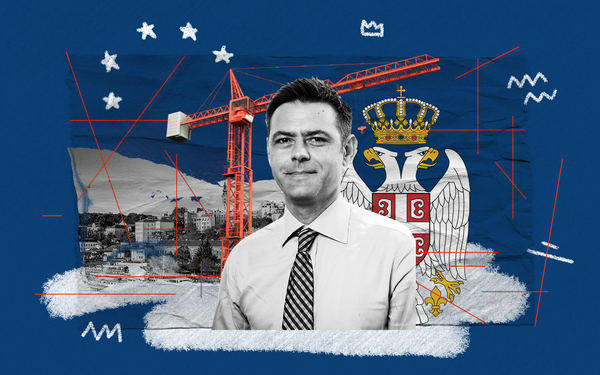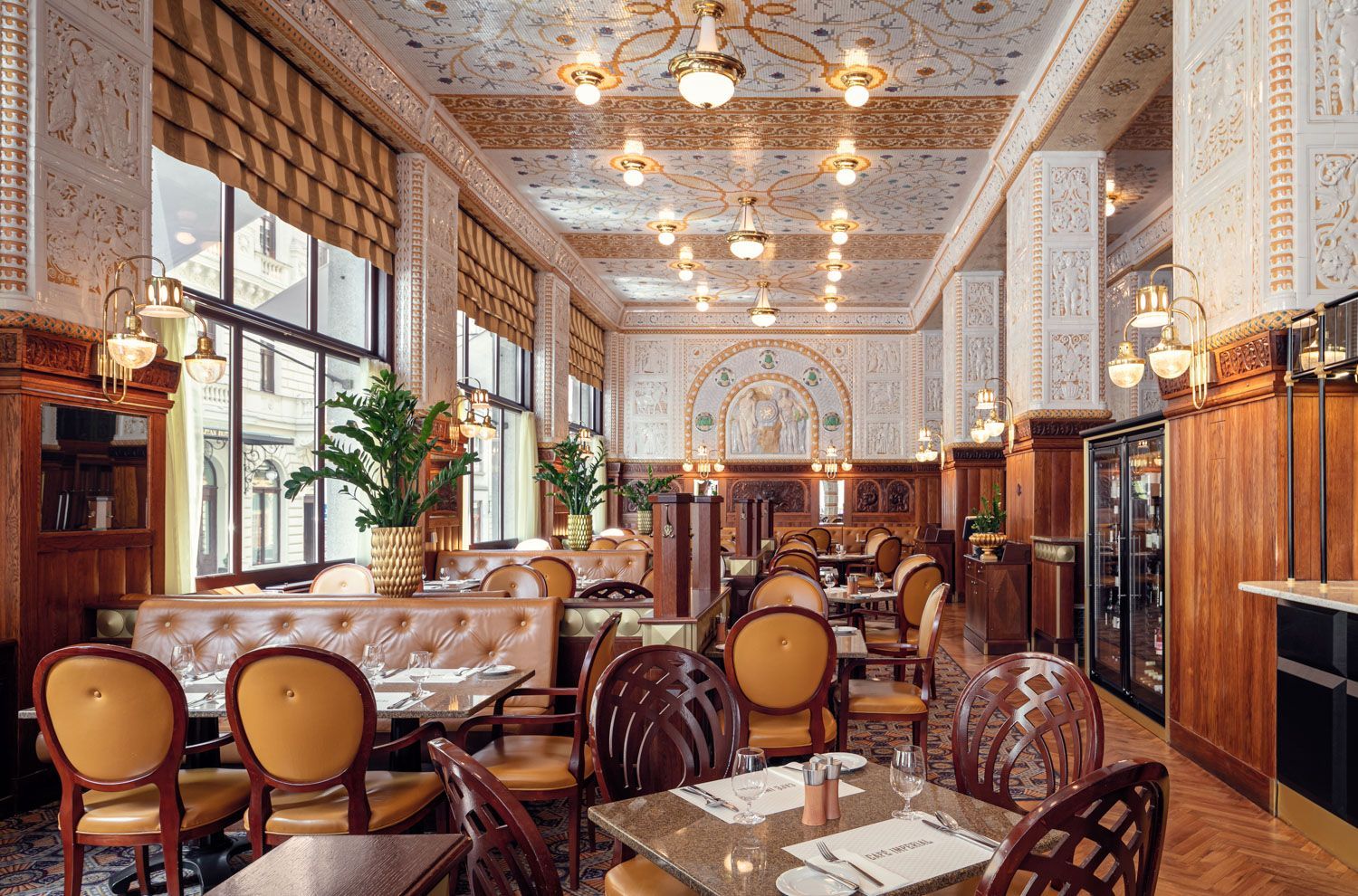The Czech capital is considered one of the most beautiful places in the world, with over a million people visiting every year to discover its hidden treasures. Today we bring you a glimpse of some of these treasures, the city’s most beautiful cafés. Let’s go to Prague!
Café Slavia
Politician Leopold Lažanský came up with the idea of creating a community space opposite the National Theatre, built in 1863, as a meeting place for Prague’s Upper Ten.
However, despite the location and impressive interior, they had to struggle to develop a regular clientele for the café due to the fierce competition including the Municipal House Café, or the Café Orient, which opened at the same time, on the ground floor of the House of the Black Madonna. However, the actors of the theater opposite the Café Slavia became regulars almost immediately, sitting in for a chat after the performances. After World War I, the café took on its current Art Deco character, following visitors’ complaints about the unwelcoming atmosphere.
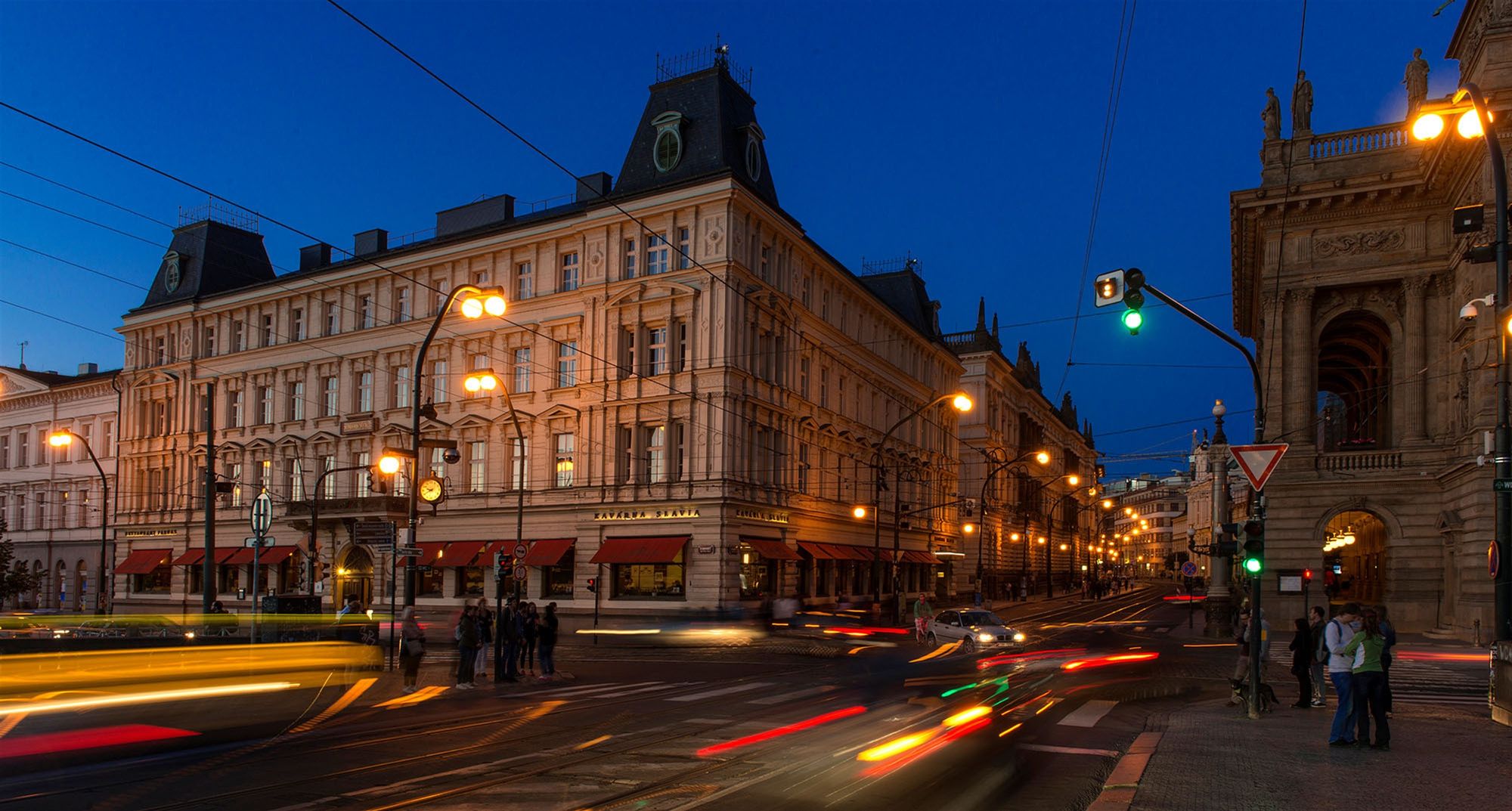

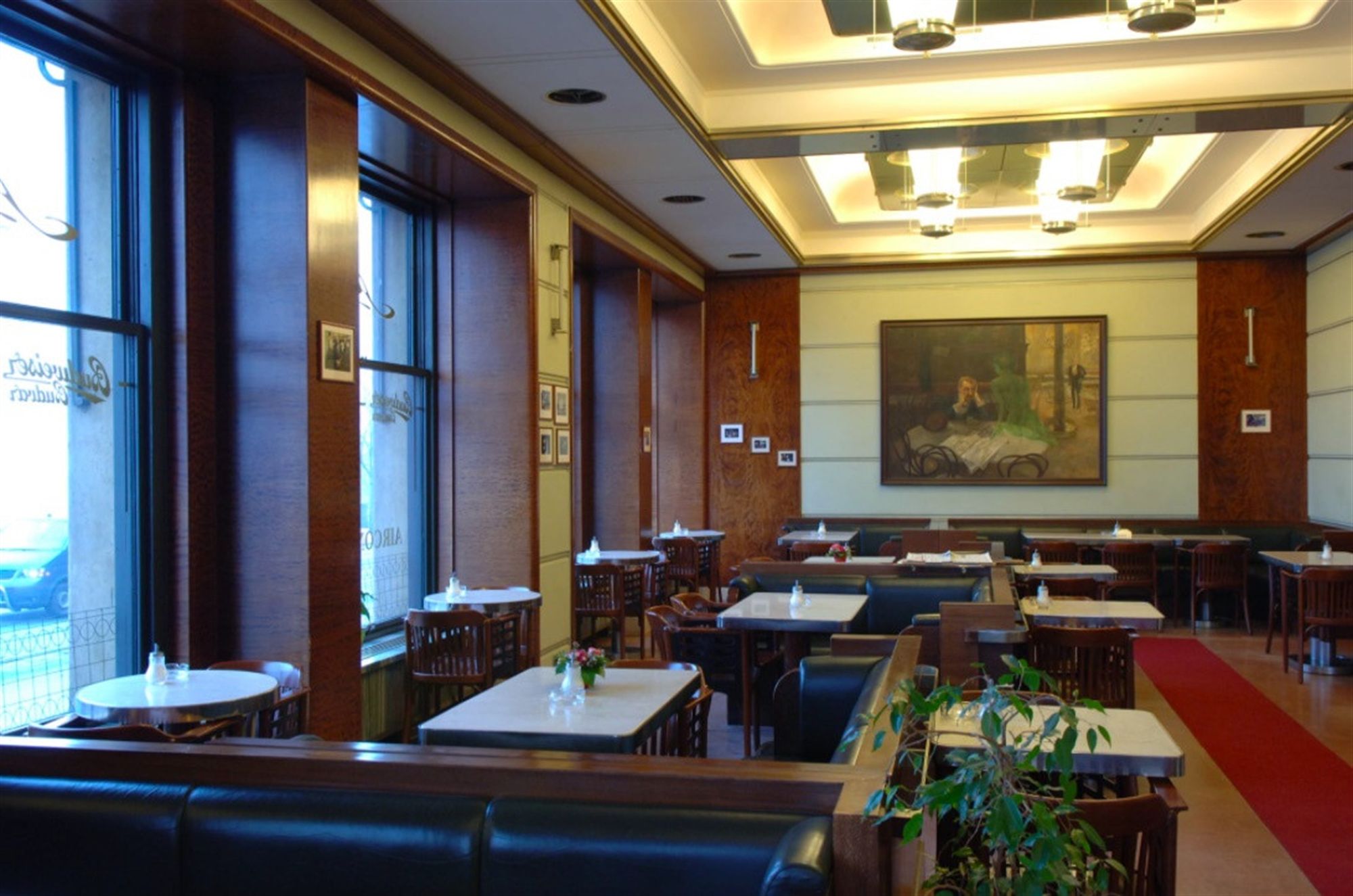

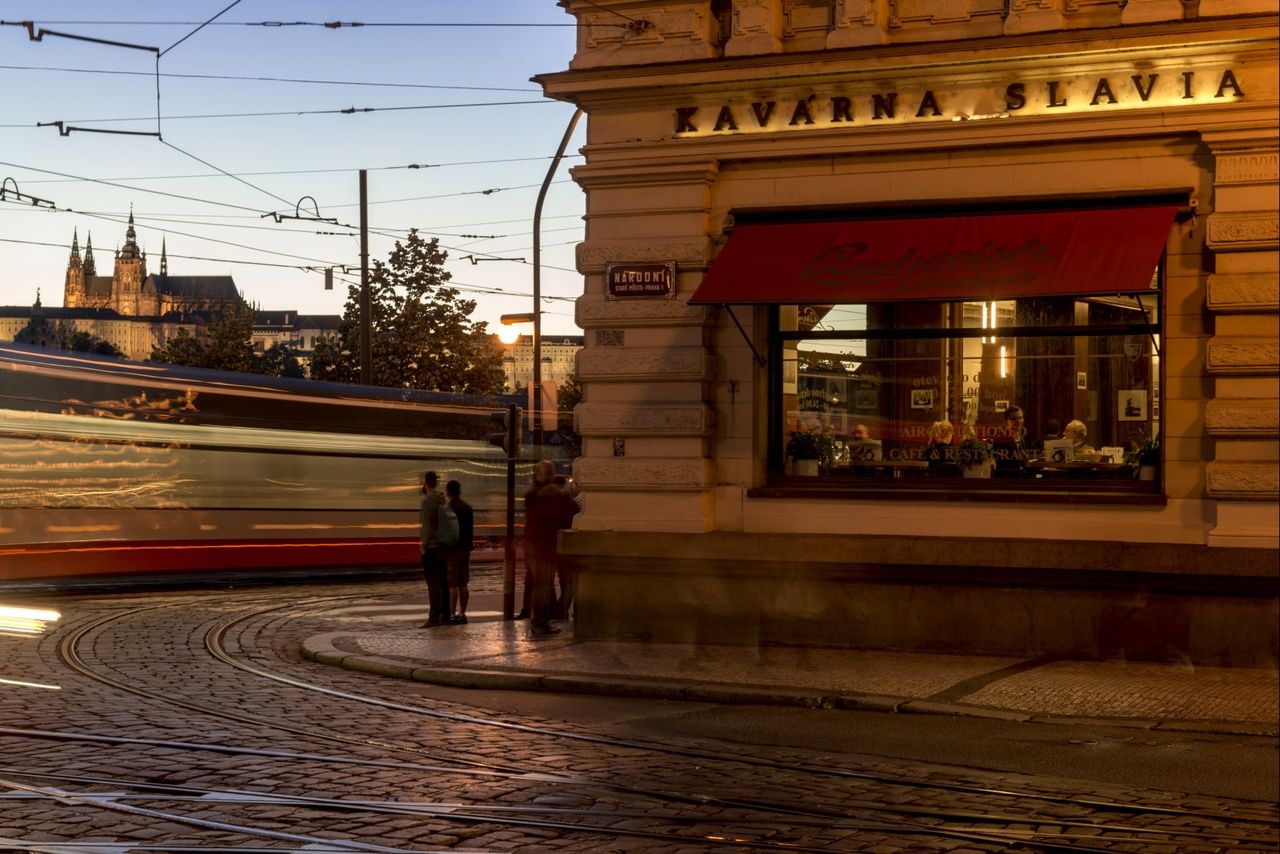
Café Imperial
The Imperial has been one of the most popular cafés for the past hundred years, regularly visited by famous people such as writer Franz Kafka, composer Leos Janacek, and Tomáš Garrigue Masaryk, the first president of Czechoslovakia.
Not only the café but also its building, the Imperial Hotel, has a long history: the first written records of the establishment date back to the 14th century. Since then, it has undergone major changes and was renovated to its present form between 2005 and 2007. The interior was designed in the Art Nouveau style and its splendor is largely due to the abundance of exotic mosaics.
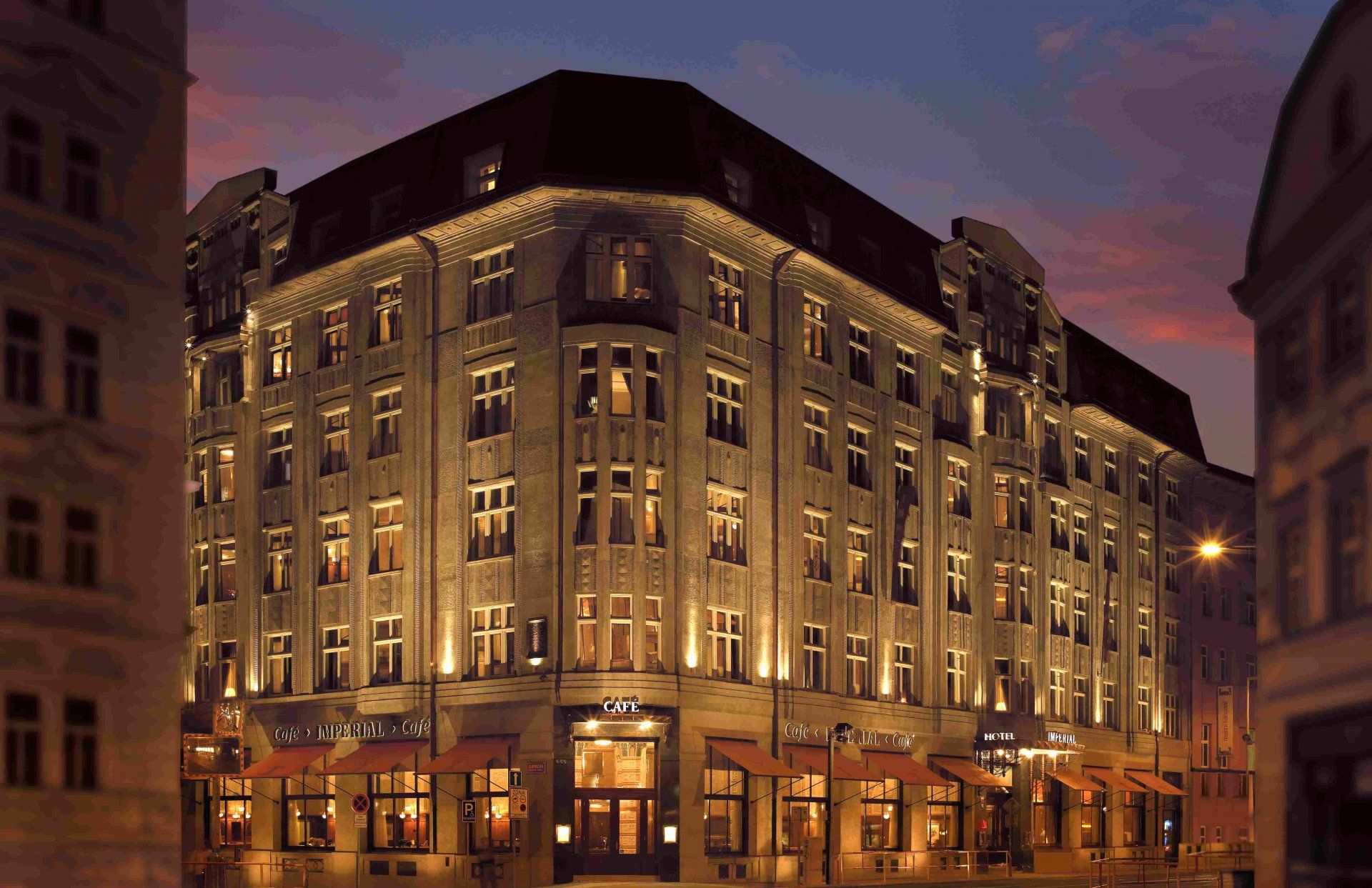
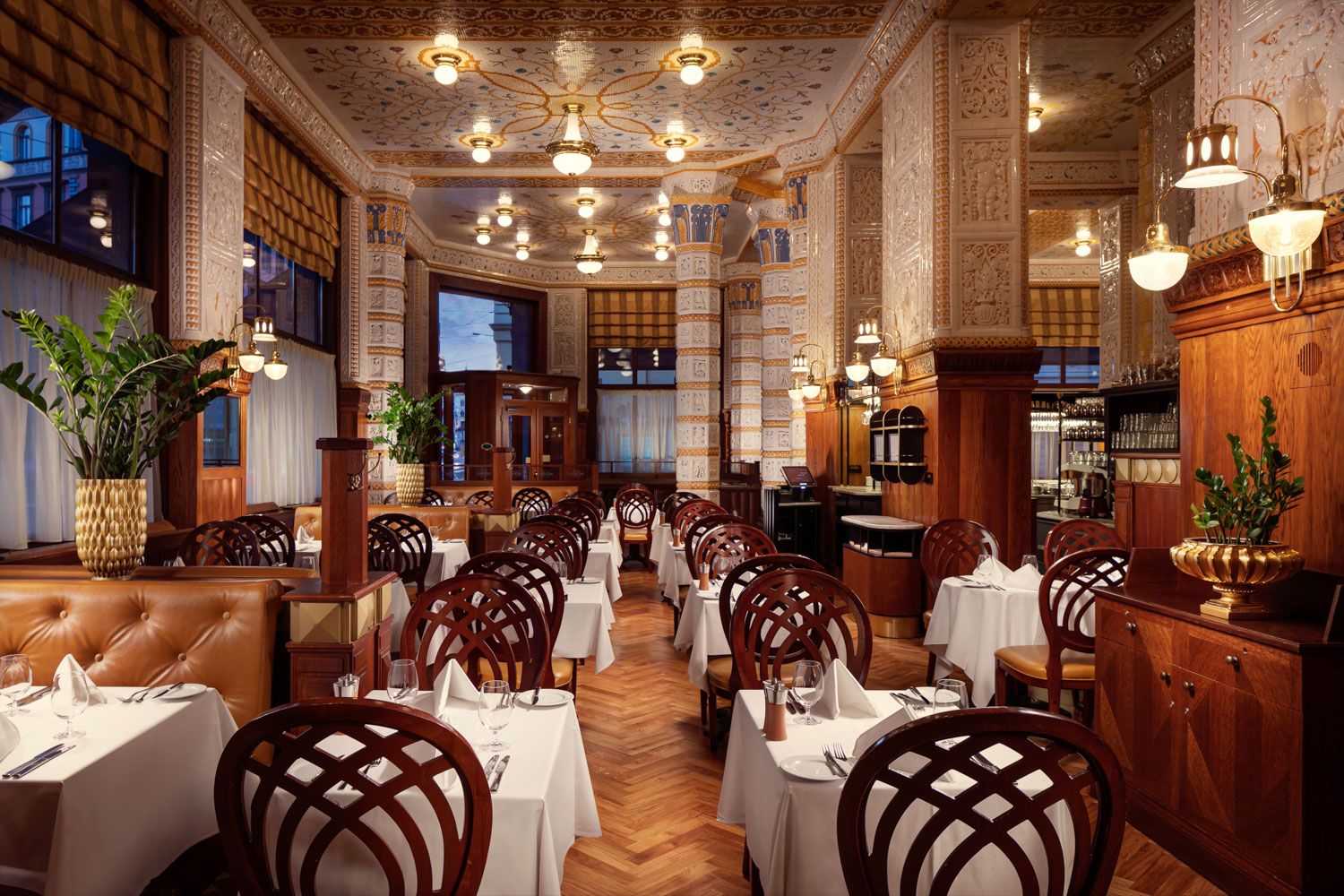
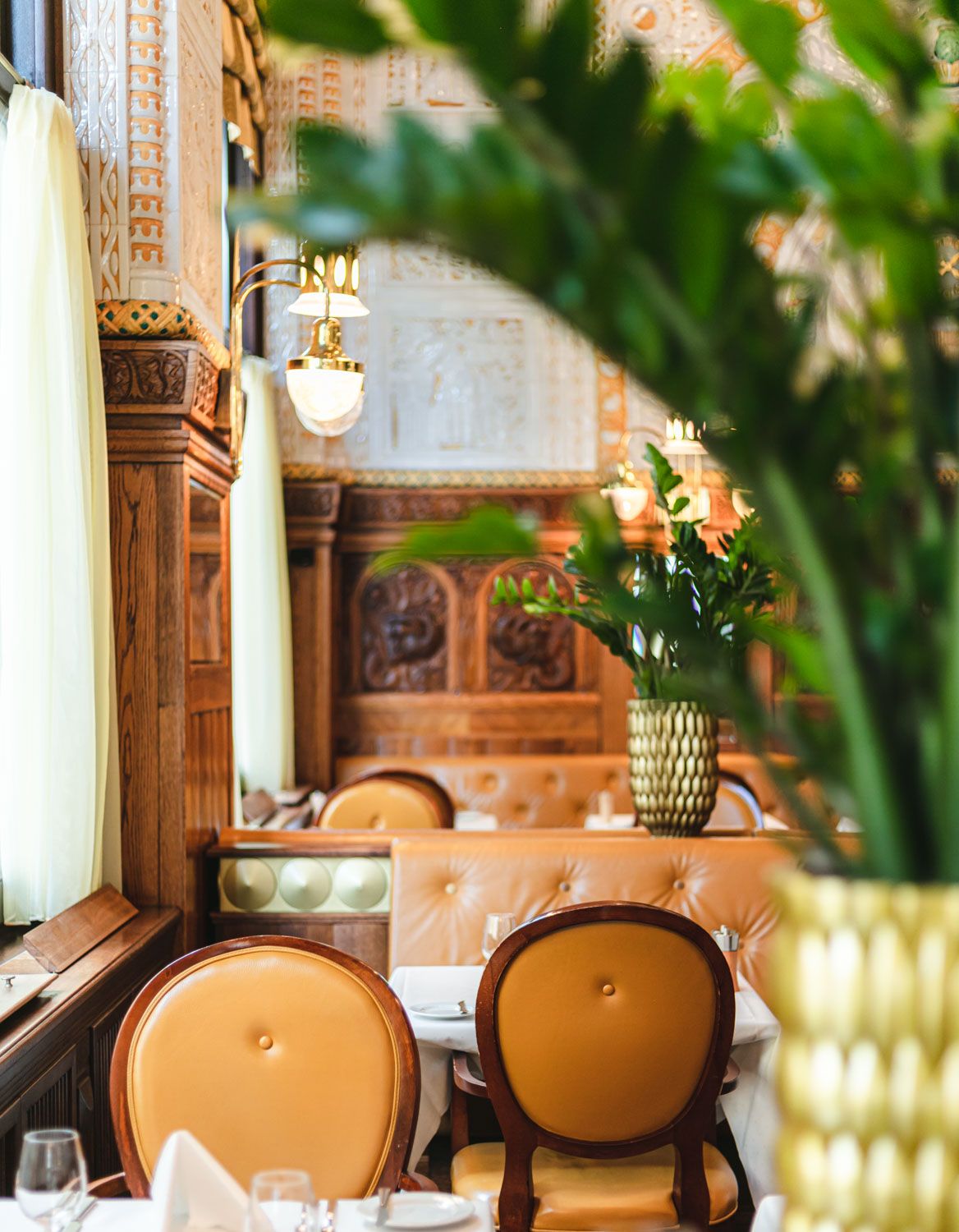
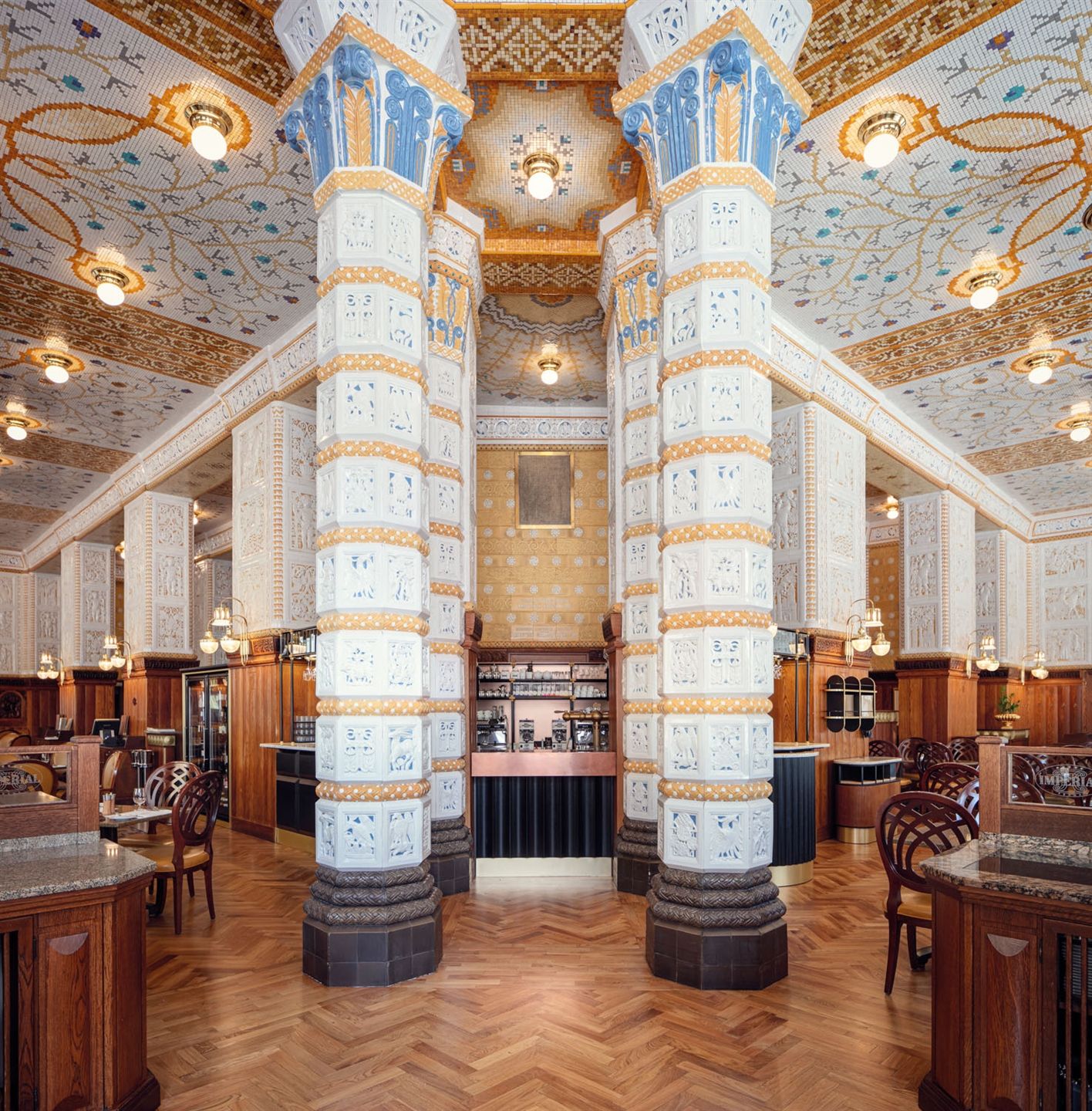
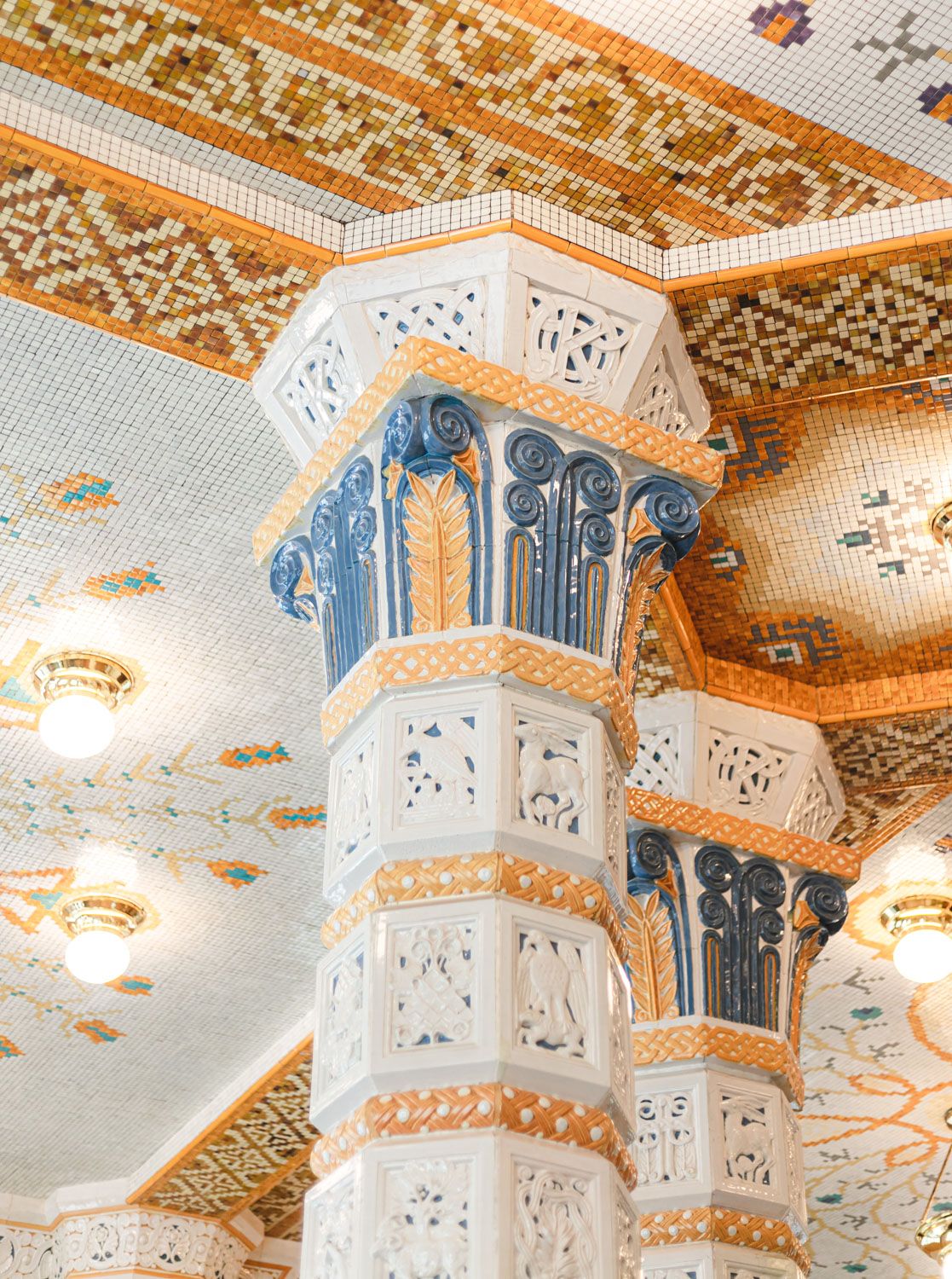

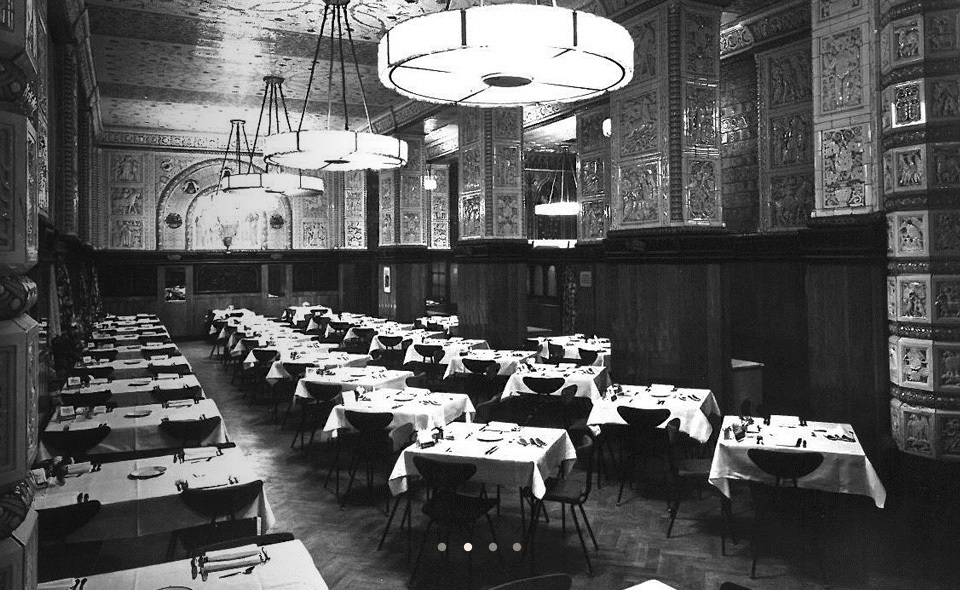
Grand Café Orient
The café is located on the ground floor of one of Prague’s most famous buildings, the House of the Black Madonna, and has reopened after an 80-year hiatus. Named after the 17th-century statue of the Madonna situated on its northeast corner, the building is most famous for being the country’s first cubist-inspired house. The entire building, including its exterior and interior, was designed by architect Josef Gočár, aged only 31 at the time. He also designed the café, which is characterized by wrought iron chandeliers, turquoise textiles, and a dark-stained oak bar.
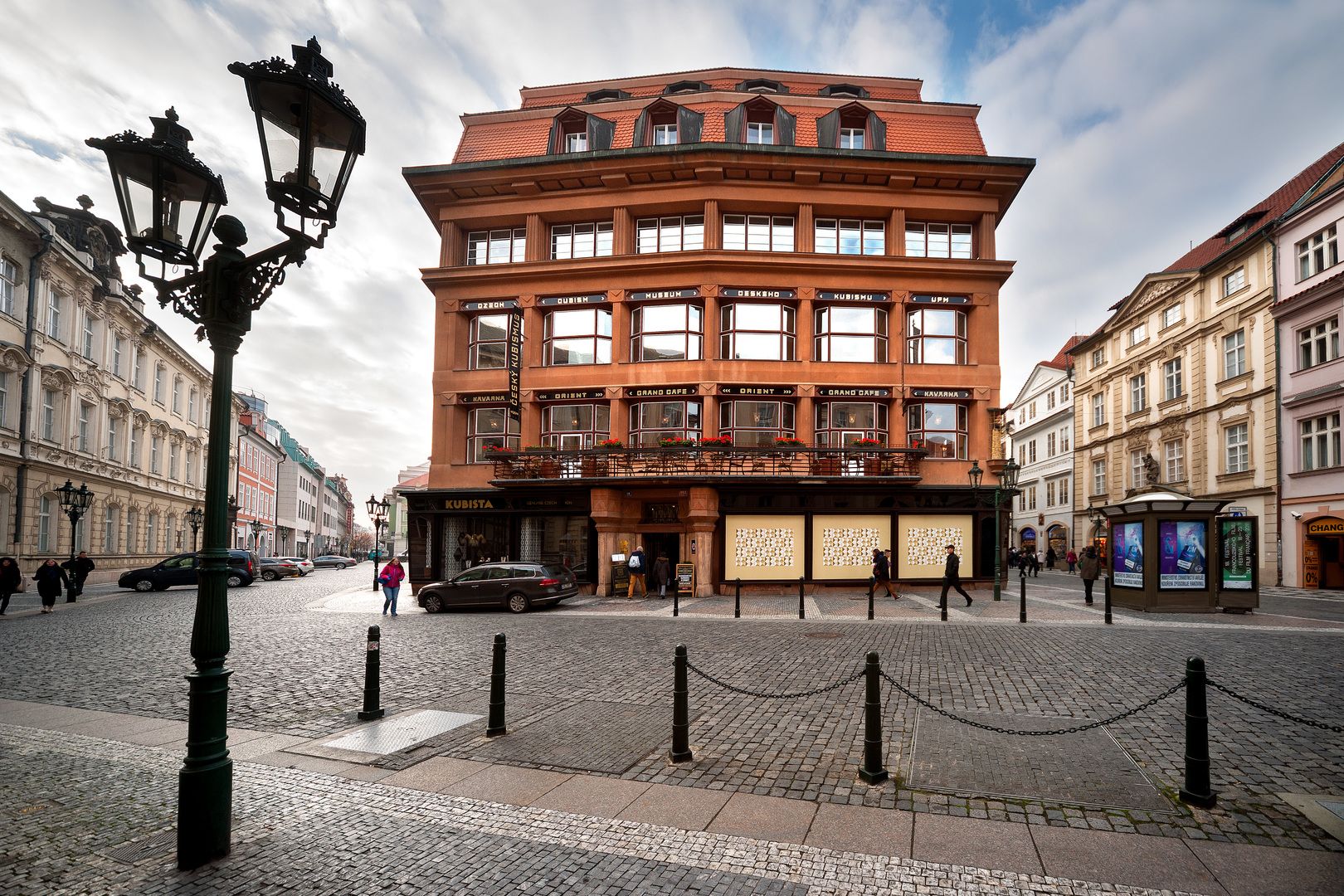
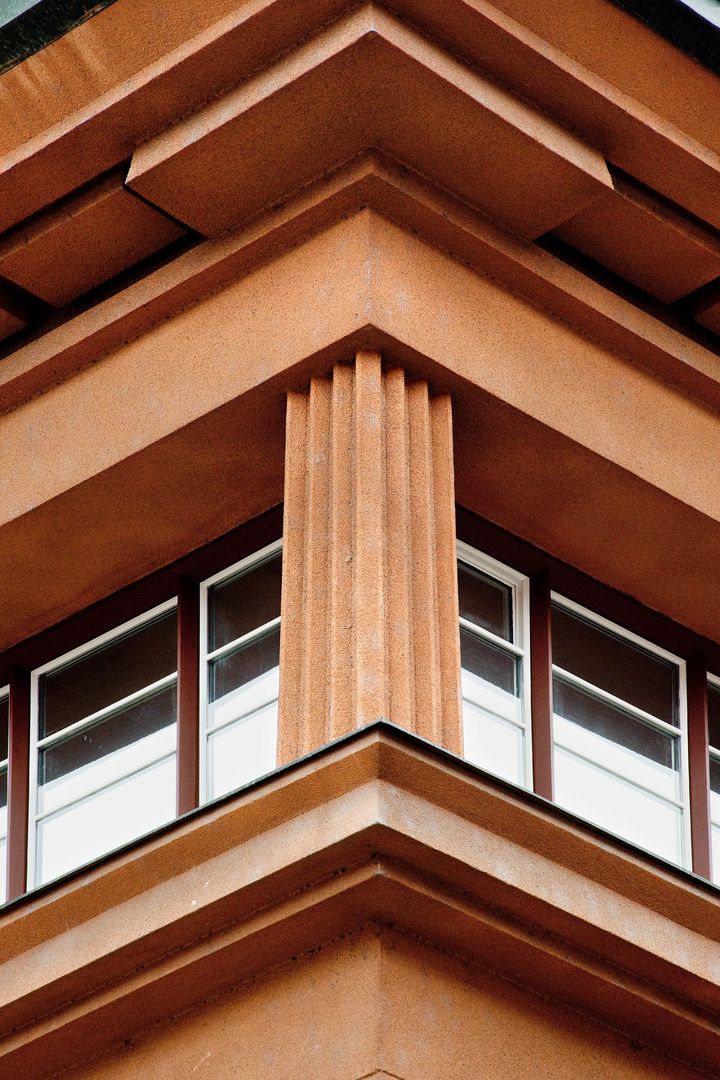
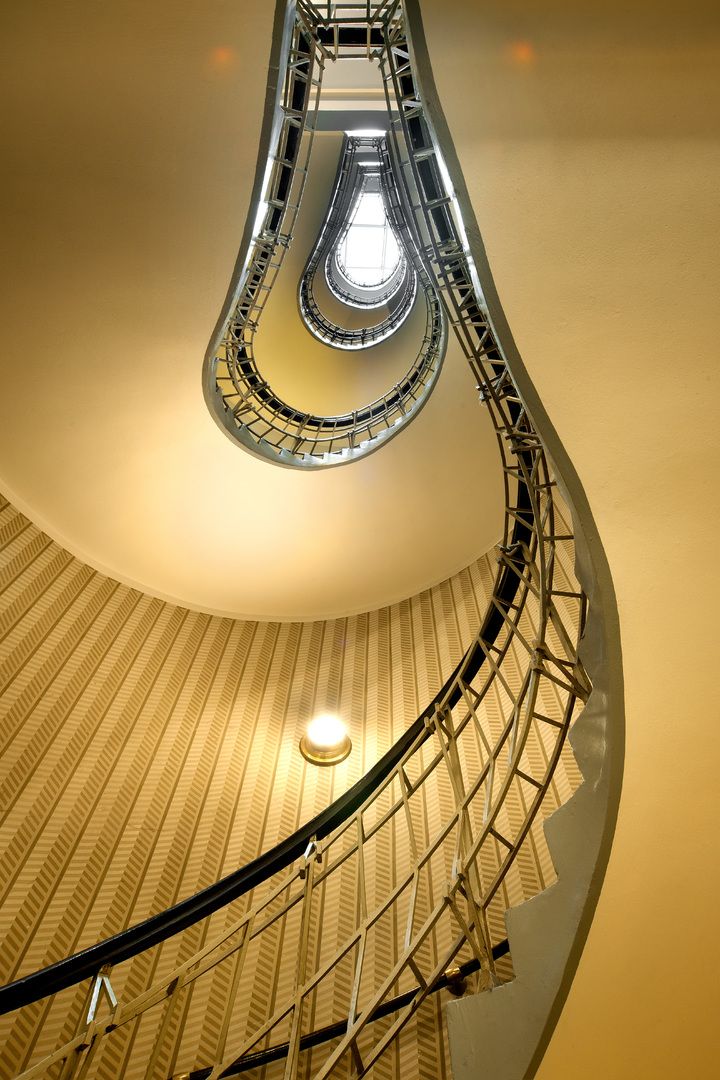
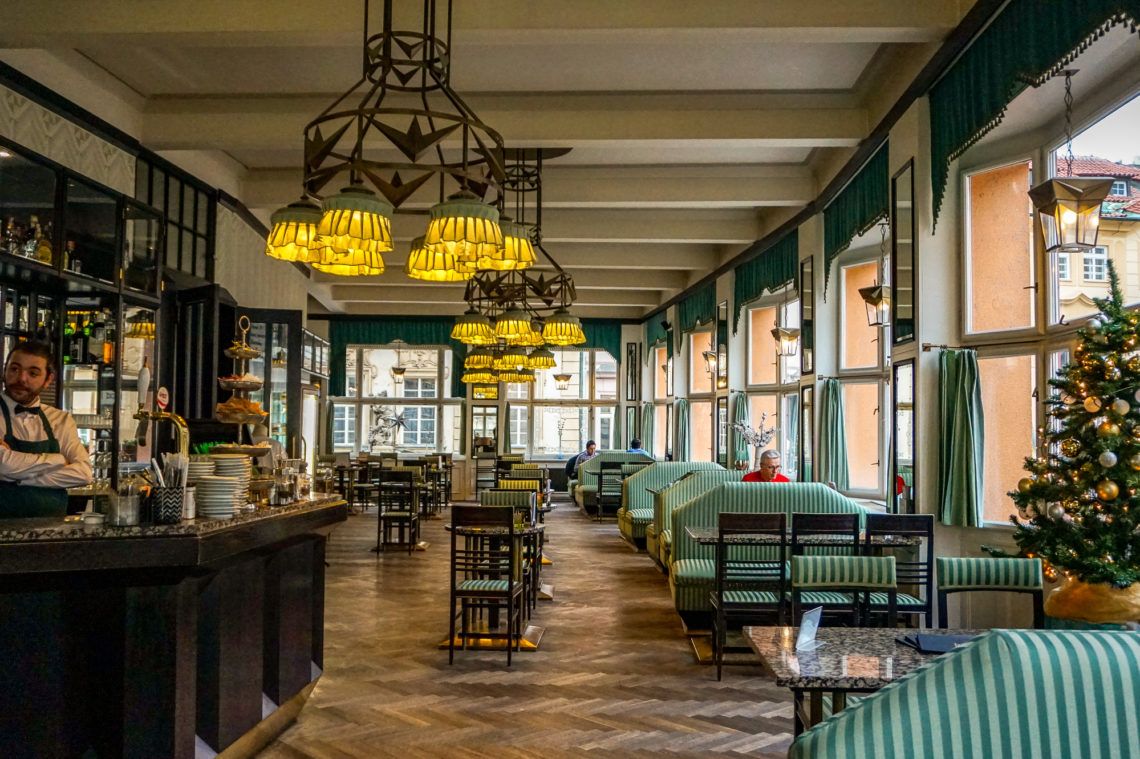
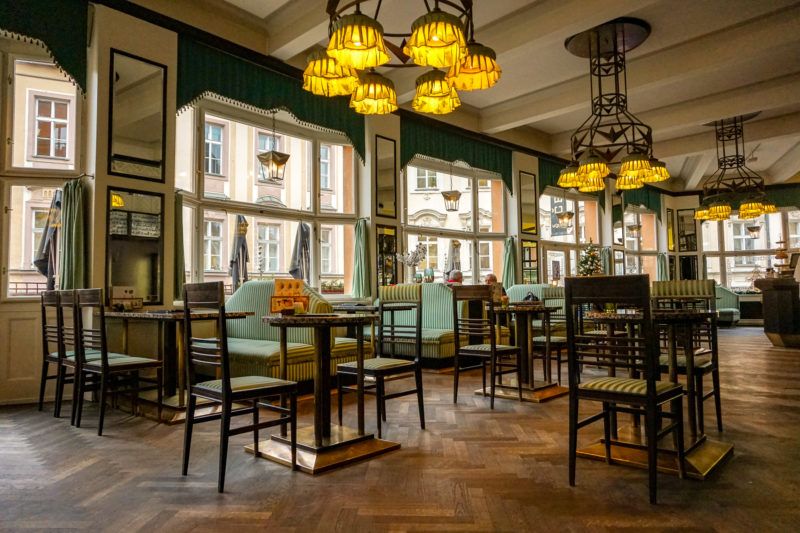
Café Letka
Although Prague is packed with historic cafés, we should not forget the places became the city’s pride and joy later on. Café Letka, near Letenské Square, combines the city’s familiar classic style with a contemporary look. Guests can enjoy a delicious cup of coffee during the day and relax with friends and a glass of Matuška in the evening.
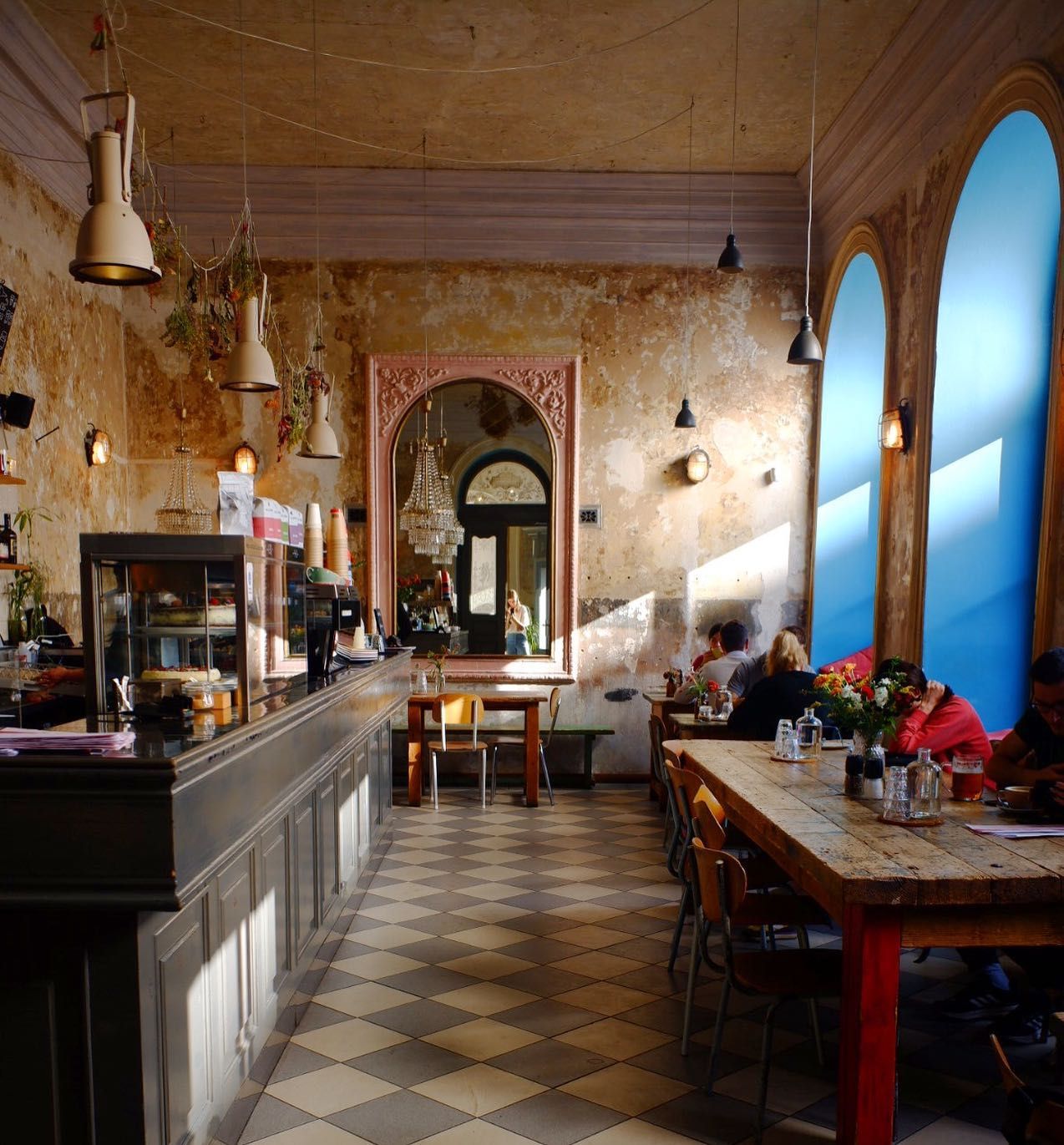
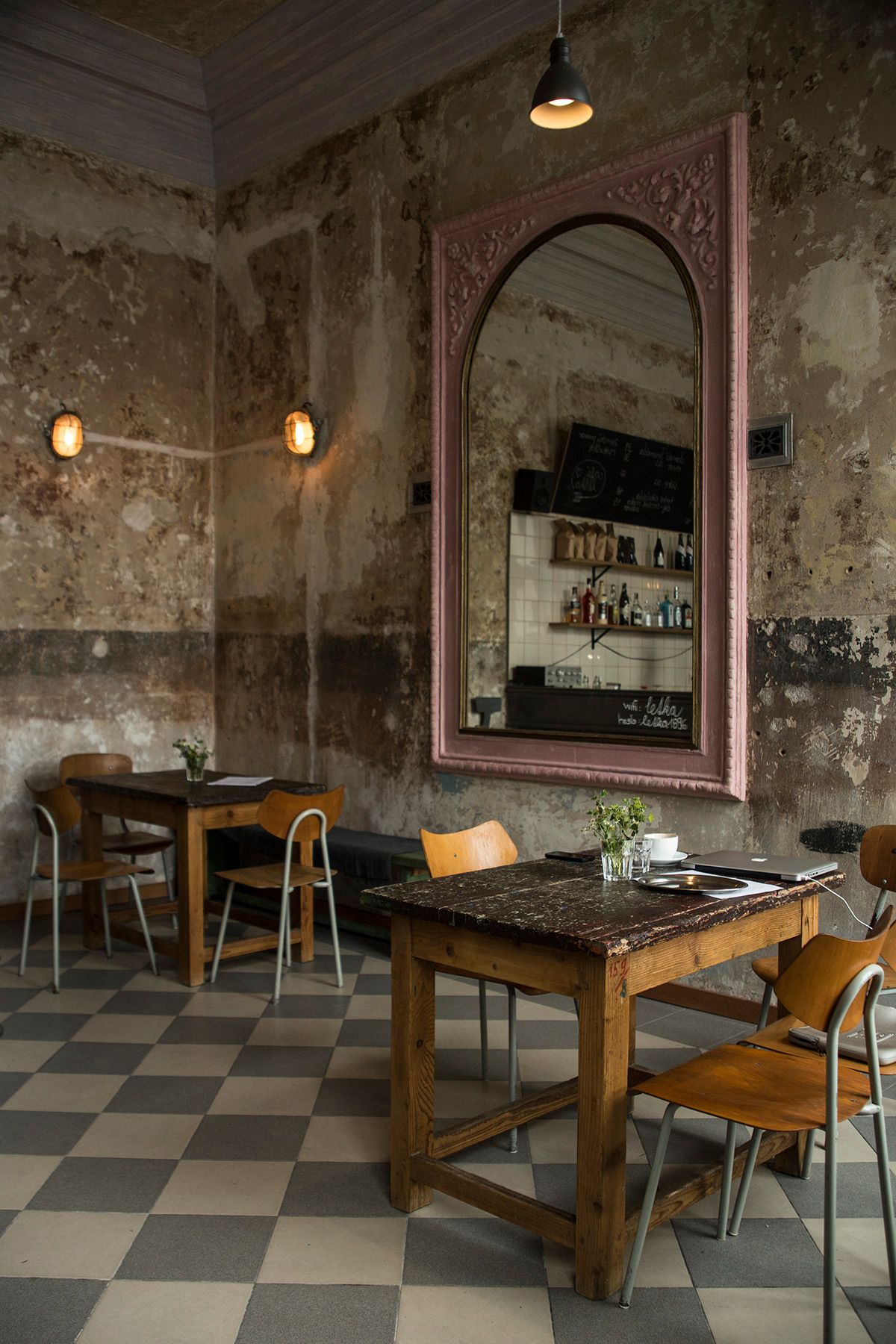
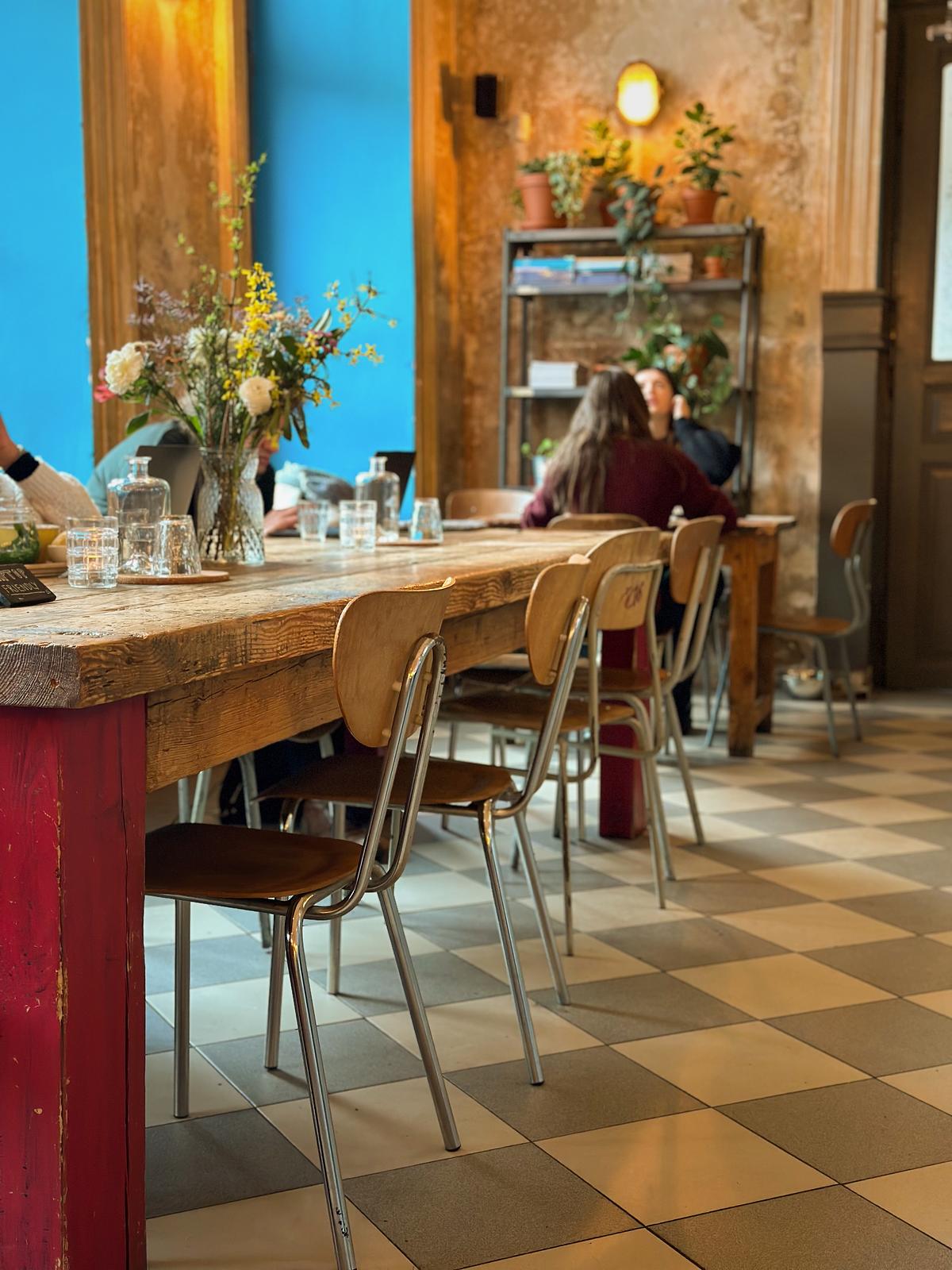
Kavárna co hledá jméno
Café Kavárna co hledá jméno earned its name in a rather nonchalant fashion, as the name roughly translates to ‘the café that’s still looking for its name’. Founders Lukáš Žďárský and Jakub Zajíc are giving new life to old buildings and spaces, which is how they created this project, as well, transforming a carpentry workshop into a bustling café and gallery that perfectly combines a love for good coffee and art.
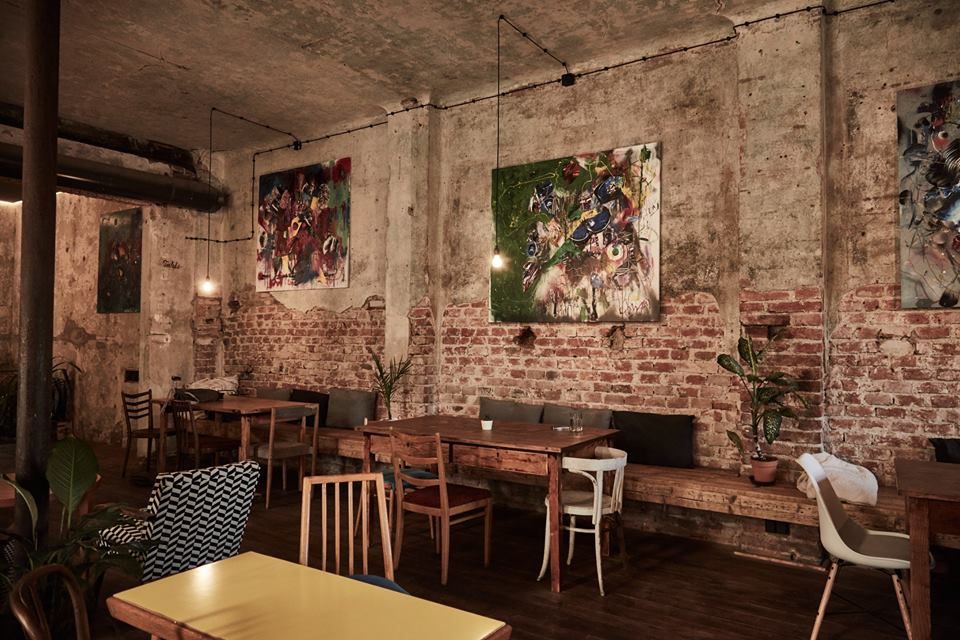
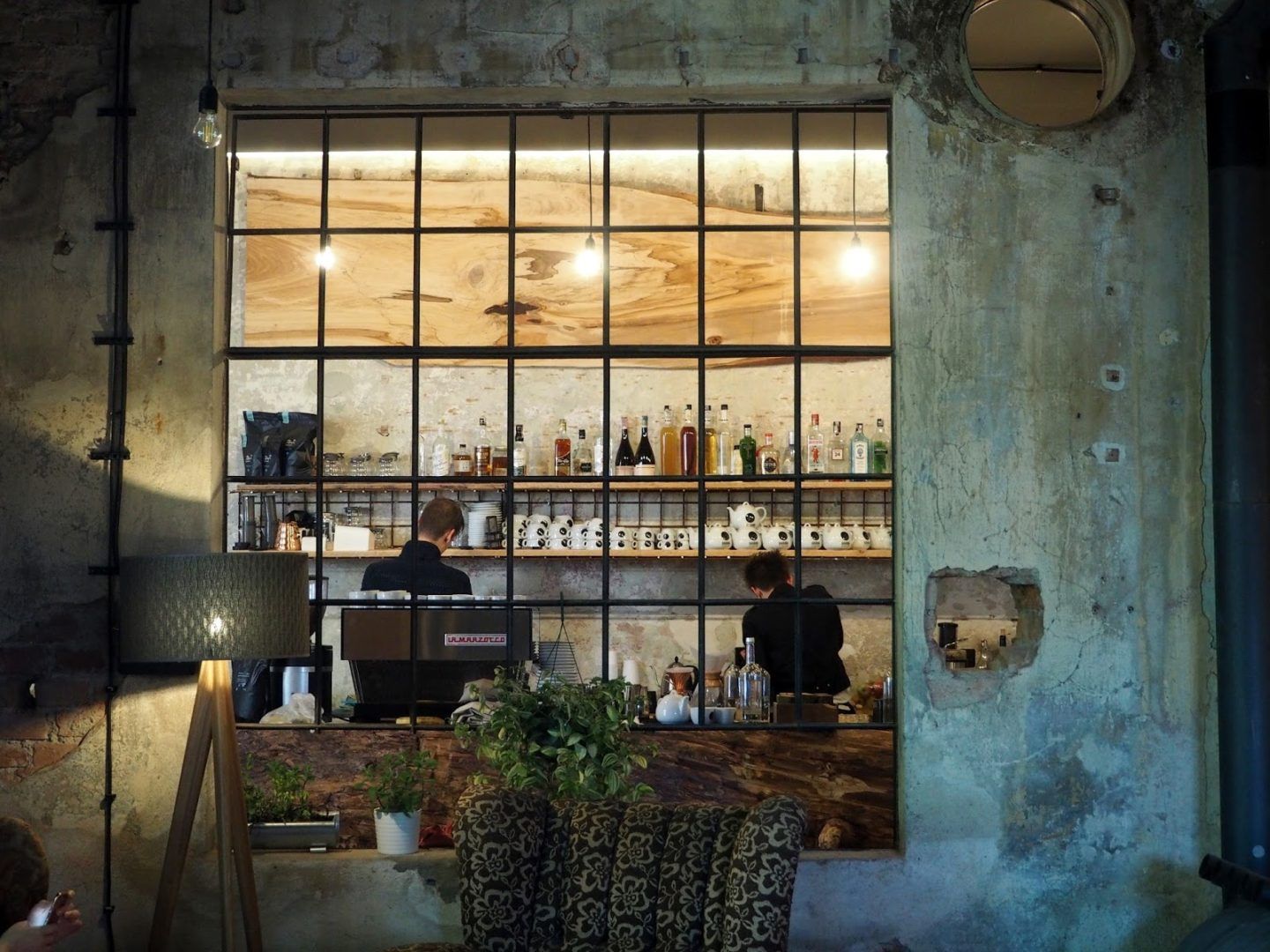
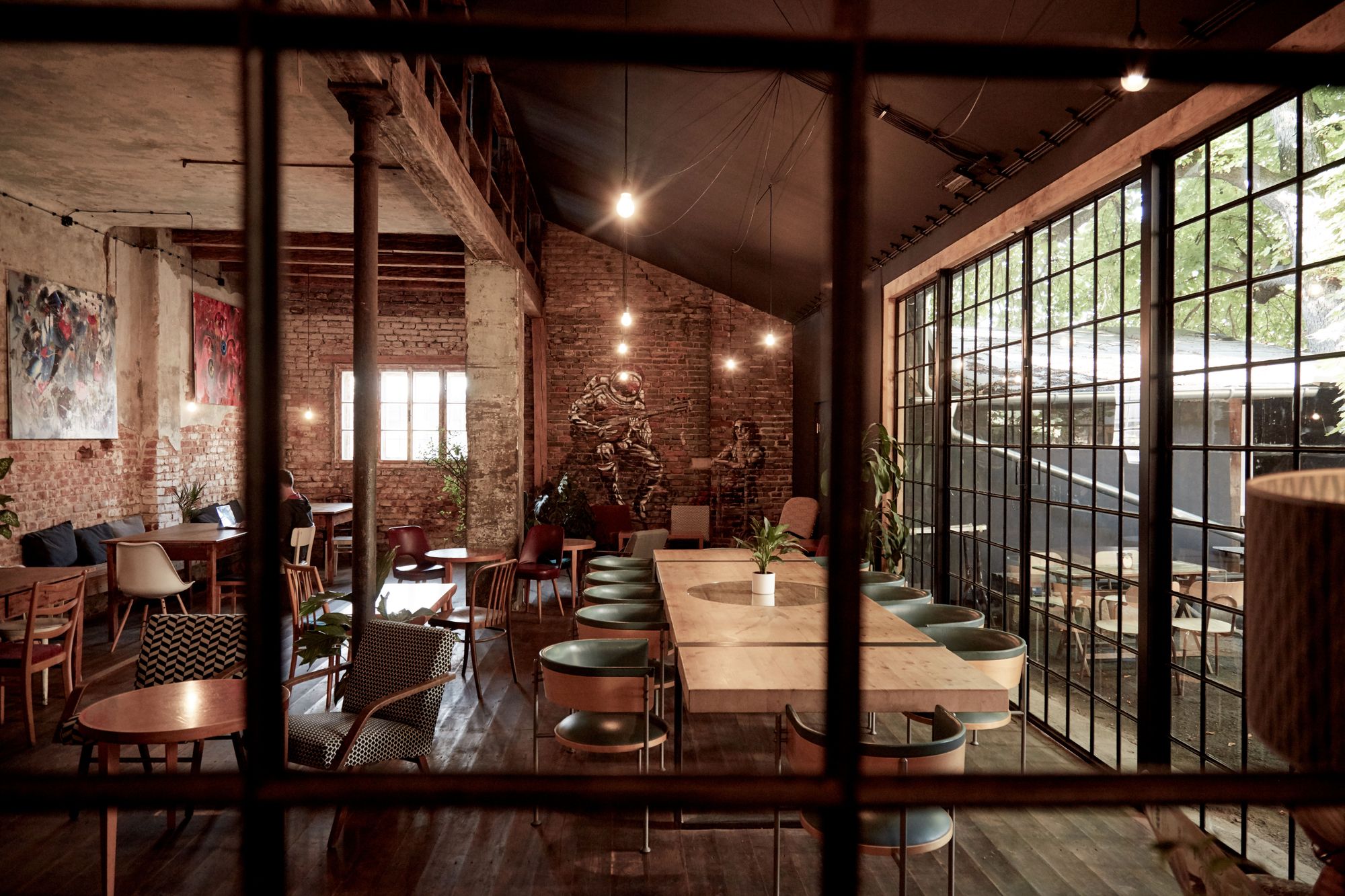
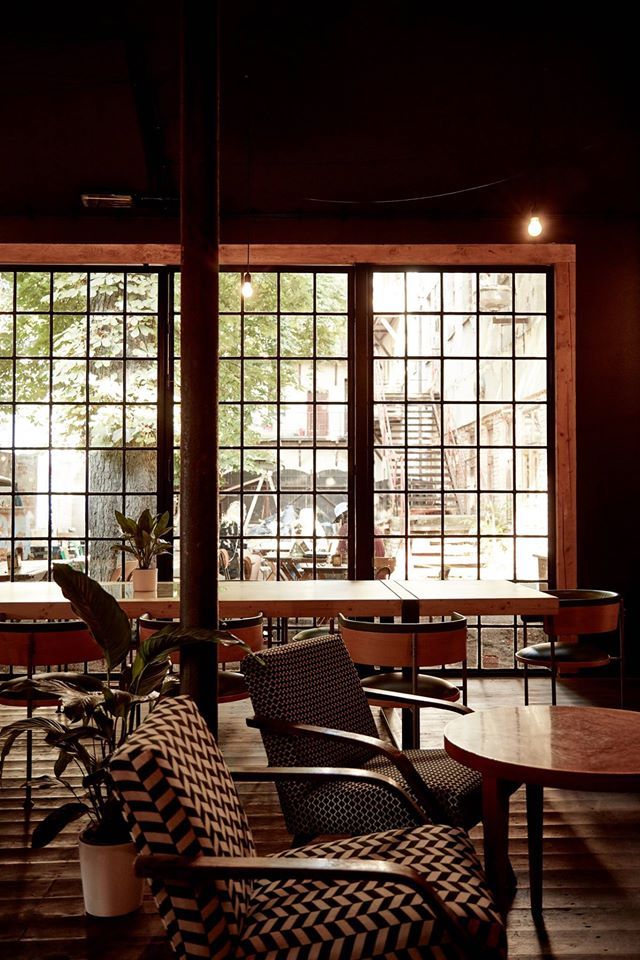
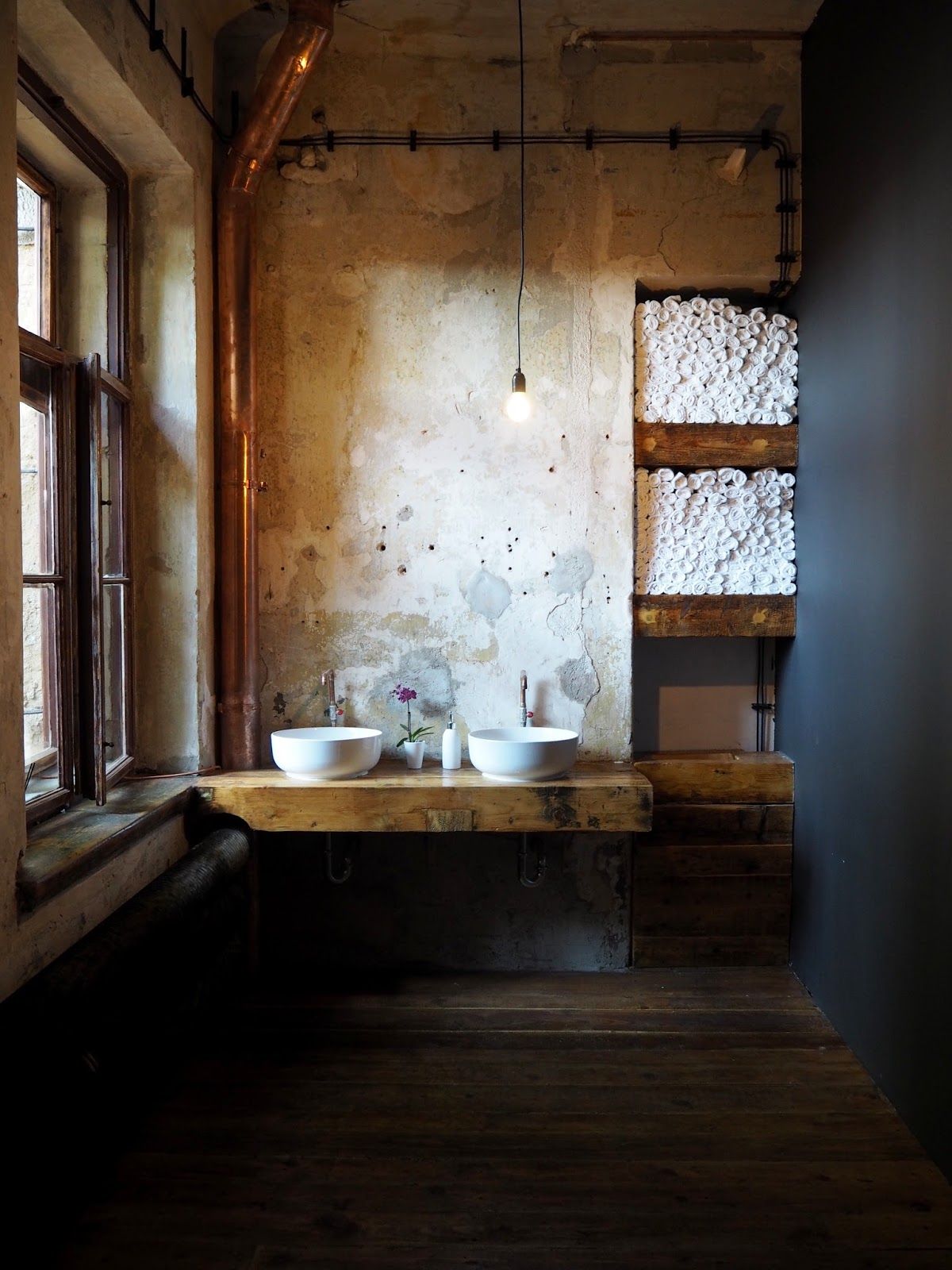
Café Letka | Web | Facebook | Instagram
Café Slavia | Web | Facebook | Instagram
Café Imperial | Web | Facebook | Instagram
Grand Café Orient | Web | Facebook | Instagram
Kavárna co hledá jméno | Web | Facebook | Instagram
Sources: prague-stay, gastrohotel, cafeimperial, czechbyjane, czkubismus, facebook, prague, prague.eu

A socialist realist living room on your overalls? | PLIÉ’s spring/summer collection
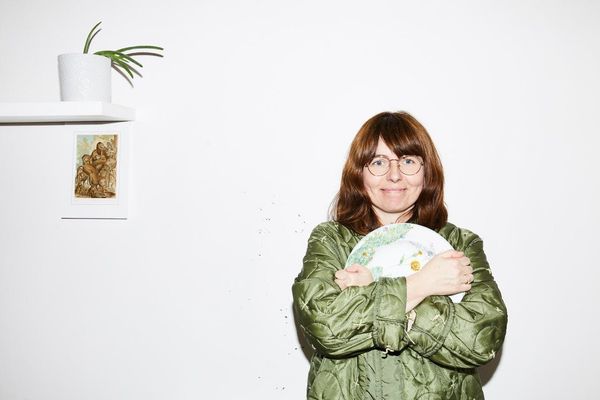
“Letting the old be new again” | Silvie Lubenova
